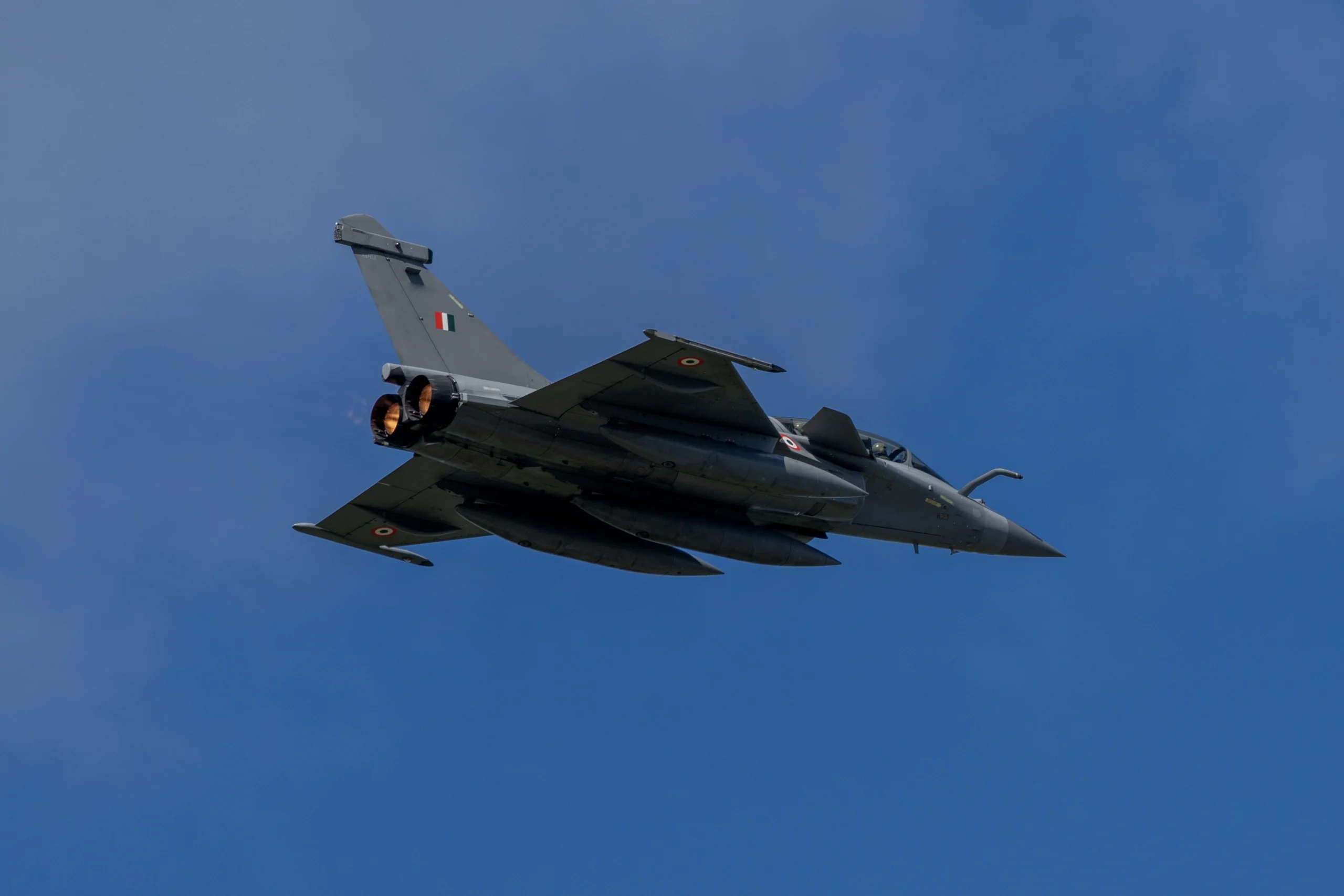In a resounding display of maritime resolve and international unity, Pakistan’s Navy concluded the AMAN-2025 exercise today—a biennial multilateral drill that has steadily evolved into one of the region’s most expansive platforms for maritime security cooperation. Over five days, beginning on February 7 and culminating in an impressive international fleet review on February 11, the exercise not only showcased tactical prowess at sea but also underscored a vital diplomatic message: in an era when the oceans are the arteries of global trade and security, collaboration is the only way forward.
![Commander of Pakistan Fleet Rear Admiral Abdul Munib, along with naval commanding officers of participating countries, cut a cake during the opening ceremony of Pakistan Navy’s 9th Multinational Maritime Exercise AMAN-25, under the slogan “Together for Peace,” in Karachi on February 7, 2025. [Image via Arab News / REUTERS].](https://southasiatimes.org/wp-content/uploads/2025/02/aman25-d3.webp)
Also See: Naval Exercise AMAN 2025: A Major Step in Maritime Cooperation
AMAN-2025: A Two-Phased Spectacle at Sea
AMAN-2025 was structured in two distinct phases. The initial harbor phase, held from February 7 to 9 near Karachi, was a bustling arena of seminars, operational debates, cultural showcases, and sports activities—an environment where naval experts and dignitaries exchanged ideas and strategies. This was followed by a dynamic sea phase (February 10–11), featuring live-fire drills, anti-piracy and counter-terrorism operations, search and rescue exercises, and, finally, the grand international fleet review. The latter was more than just a parade of modern warships—it was a statement of collective determination under the enduring slogan “Together for Peace.”
![Pakistan Navy servicemen guard the area during the opening ceremony of Pakistan Navy’s 9th Multinational Maritime Exercise AMAN-25 under the slogan “Together for Peace,” in Karachi on February 7, 2025. [Image via Arab News / REUTERS].](https://southasiatimes.org/wp-content/uploads/2025/02/aman25-d2.webp)
Maritime Diplomacy in a Turbulent Era
The AMAN exercise emerges at a time when the maritime domain faces multifaceted threats—from piracy and terrorism to the complexities of human trafficking and the environmental challenges that imperil sea lanes. Pakistan’s naval leadership has long maintained that no single nation can counter these dangers alone. By inviting 60 nations to participate—ranging from regional players like Bangladesh, Indonesia, Iran, and Sri Lanka to global powers such as China and the United States, and even welcoming observers from NATO—the exercise sends a clear, data-driven message: the security of our shared blue commons hinges on collective action. This inclusive approach not only bolsters operational interoperability but also strengthens the diplomatic ties that are essential for a stable maritime environment.
![Pakistani navy patrol during a flag hoisting ceremony of multinational naval exercise AMAN-25 in Karachi on February 7, 2025. [Arab News / AFP].](https://southasiatimes.org/wp-content/uploads/2025/02/aman25-d1.webp)
In the context of South Asia, the stakes are even higher. Nations such as Bangladesh, Sri Lanka, and the Maldives, along with emerging strategic voices from within the region, are integral to the security fabric of the Indian Ocean. This exercise, therefore, serves as a critical forum for these countries to share experiences, build capacities, and forge strong partnerships.
Beyond Pakistan, nations such as Bangladesh, Nepal, Sri Lanka, the Maldives, and even landlocked countries are integral to the region’s maritime dialogue. Their participation demonstrates the shared commitment across the region to secure vital sea lanes and promote a stable blue economy. In doing so, AMAN-2025 not only enhances regional security but also enables a unique platform for regional voices to influence global maritime policies.
AMAN-2025: A Success Story in Numbers and Strategy
The impressive scale of AMAN-2025, with its participation from 60 countries and a diverse mix of ships, aircraft, special operations, and support teams, is a testament to Pakistan Navy’s expanding influence. Beyond the operational drills, the event served as a forum for strategic dialogue—the inaugural AMAN Dialogue—designed to translate insights into actionable maritime strategies. In an era when safeguarding sea lines of communication is more critical than ever, especially with vital trade routes and energy corridors at stake, Pakistan’s successful orchestration of such a massive multilateral event highlights its strategic importance in the Arabian Sea and its role as a facilitator of regional connectivity.
Comparing Blue-Water Drills: AMAN vs. Malabar
While India’s annual Malabar exercise—anchored by the Quad nations that include India, Japan, Australia, and the United States—has long been lauded as a symbol of Indo-Pacific interoperability, AMAN-2025 offers a contrasting narrative. Whereas Malabar tends to be perceived as part of an exclusive alignment aimed at countering regional challenges, especially China, Pakistan’s AMAN demonstrates an alternative model of maritime diplomacy. By embracing a broader spectrum of nations—including those that are sometimes sidelined in Western-led initiatives—AMAN-2025 reinforces the idea that maritime security is not a zero-sum game. Instead of merely enhancing military interoperability among a fixed group, it builds bridges between East and West, inviting dialogue with both traditional partners and erstwhile observers. This diversified approach sends a witty yet potent reminder that in the vast expanse of the world’s oceans, collaboration beats confrontation any day.
![The Malabar 2024 exercise is set to unfold in two phases. [Image via Ministry of Defence/Government of India/PIB Delhi].](https://southasiatimes.org/wp-content/uploads/2025/02/Pic17GNQ1.webp)
A Beacon for the Future Maritime Diplomacy
As global maritime security challenges continue to evolve, the success of AMAN-2025 stands as a shining example of what can be achieved when nations come together under a common banner of peace and cooperation. Pakistan’s initiative, underscored by its strategic geographic position and its commitment to nurturing maritime diplomacy, provides an important counter-narrative to more rigid alliances. It is a timely reminder that the future of global security lies in connectivity, shared expertise, and a willingness to navigate turbulent waters together.
In the grand maritime chessboard of the Asia-Pacific and beyond, AMAN-2025 has not only advanced Pakistan’s national interests but has also charted a course for a more inclusive, cooperative, and secure blue world.

![Naval commanding officers of participating countries salute as Pakistan Navy’s servicemen hoist the national flags during the opening ceremony of Pakistan Navy’s 9th Multinational Maritime Exercise AMAN-25, under the slogan “Together for Peace,” in Karachi on February 7, 2025. [Image via Arab News/ REUTERS].](https://southasiatimes.org/wp-content/uploads/2025/02/aman25-d4.webp)




